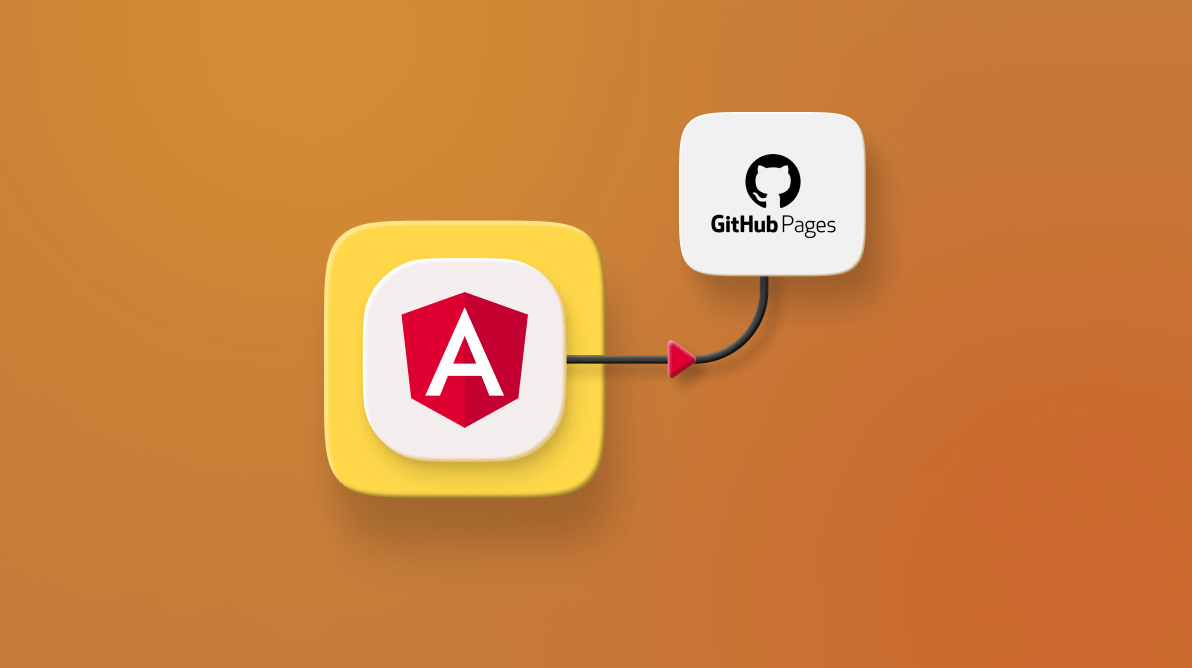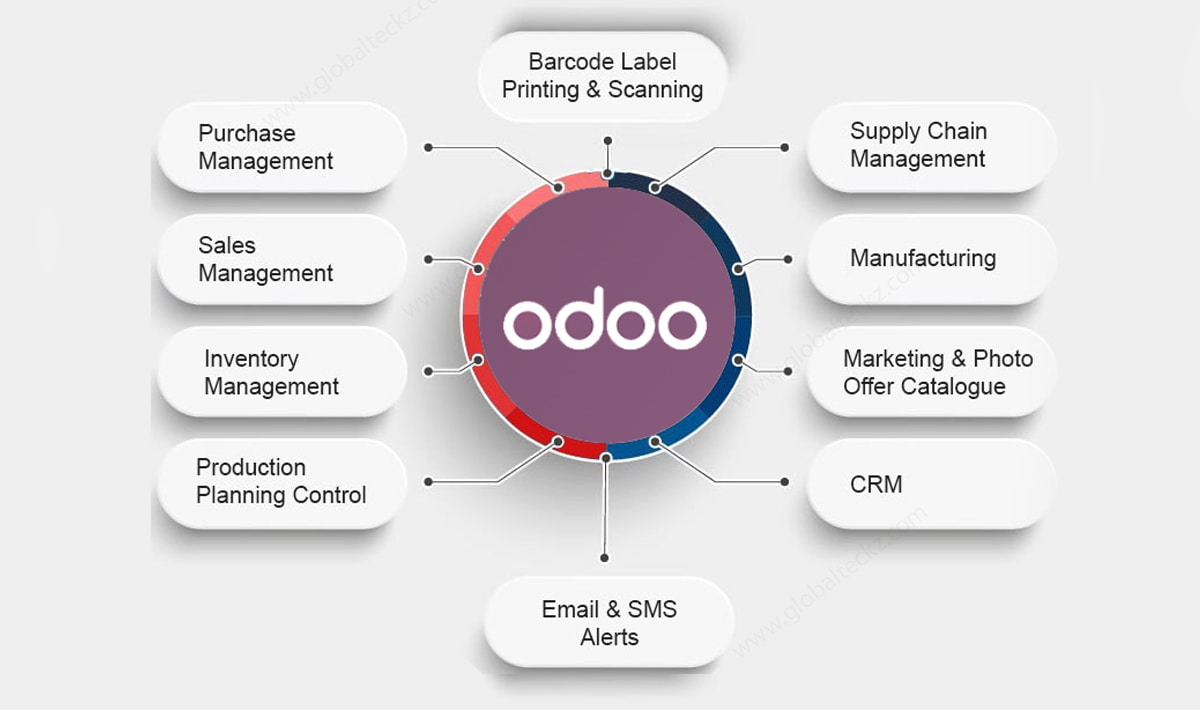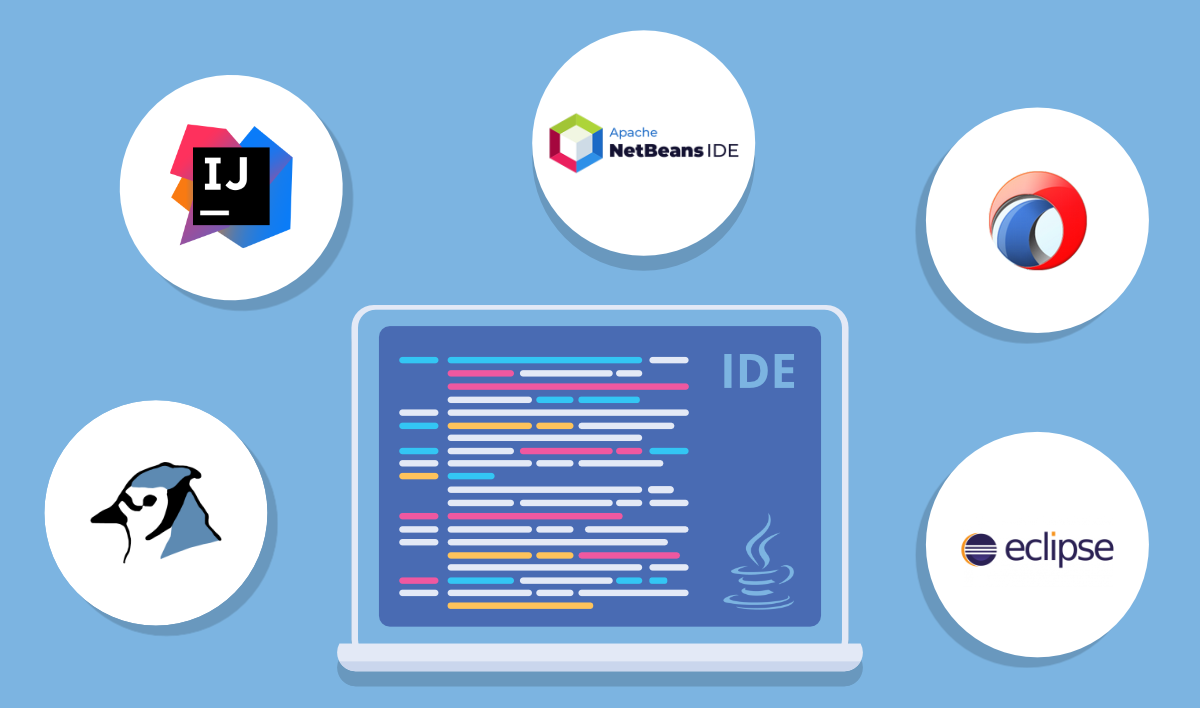What’s the Best Way to Host My Angular Web App?

In the realm of web development, understanding how to access the DOM is crucial for creating dynamic and interactive web applications. Fortunately, Node.js, primarily known for server-side operations, can indeed access the DOM.
Exploring the Integration of Node.js with the DOM
Node.js, being built on the V8 JavaScript runtime, enables developers to manipulate the DOM through libraries and frameworks. By utilizing tools like JSDOM and Cheerio, developers can traverse and manipulate the DOM, making Node.js a versatile choice for full-stack development.
Leveraging JSDOM: A Powerhouse for DOM Manipulation
JSDOM is a popular Node.js library that emulates a web browser’s environment, allowing seamless DOM interaction. This means developers can perform actions like querying elements, modifying attributes, and handling events – operations vital for modern web applications.
FAQs (Frequently Asked Questions)
Can Node.js directly interact with the DOM like a browser?
Yes, through libraries like JSDOM, Node.js can simulate a browser environment, enabling direct interaction with the DOM.
Are there limitations to accessing the DOM in Node.js?
While Node.js can access the DOM, it’s essential to note that certain browser-specific functionalities may not be available.
How does accessing the DOM in Node.js benefit developers?
Accessing the DOM in Node.js provides developers with the ability to perform server-side rendering, automate testing, and scrape web data efficiently.
Does accessing the DOM in Node.js impact performance?
Accessing the DOM in Node.js can have performance implications, as it involves emulating browser behavior, which may not be as optimized as a native browser.
Are there any security considerations when accessing the DOM in Node.js?
Yes, developers must handle potential security risks when accessing the DOM in Node.js, such as preventing cross-site scripting (XSS) attacks.
Can developers access the Shadow DOM in Node.js?
Yes, using certain libraries and techniques, developers can access and manipulate the Shadow DOM in Node.js.
Conclusion
In conclusion, Node.js offers developers the capability to access and interact with the DOM through various libraries and frameworks. By understanding and utilizing these tools, developers can unlock a realm of possibilities for creating feature-rich, dynamic web applications.




